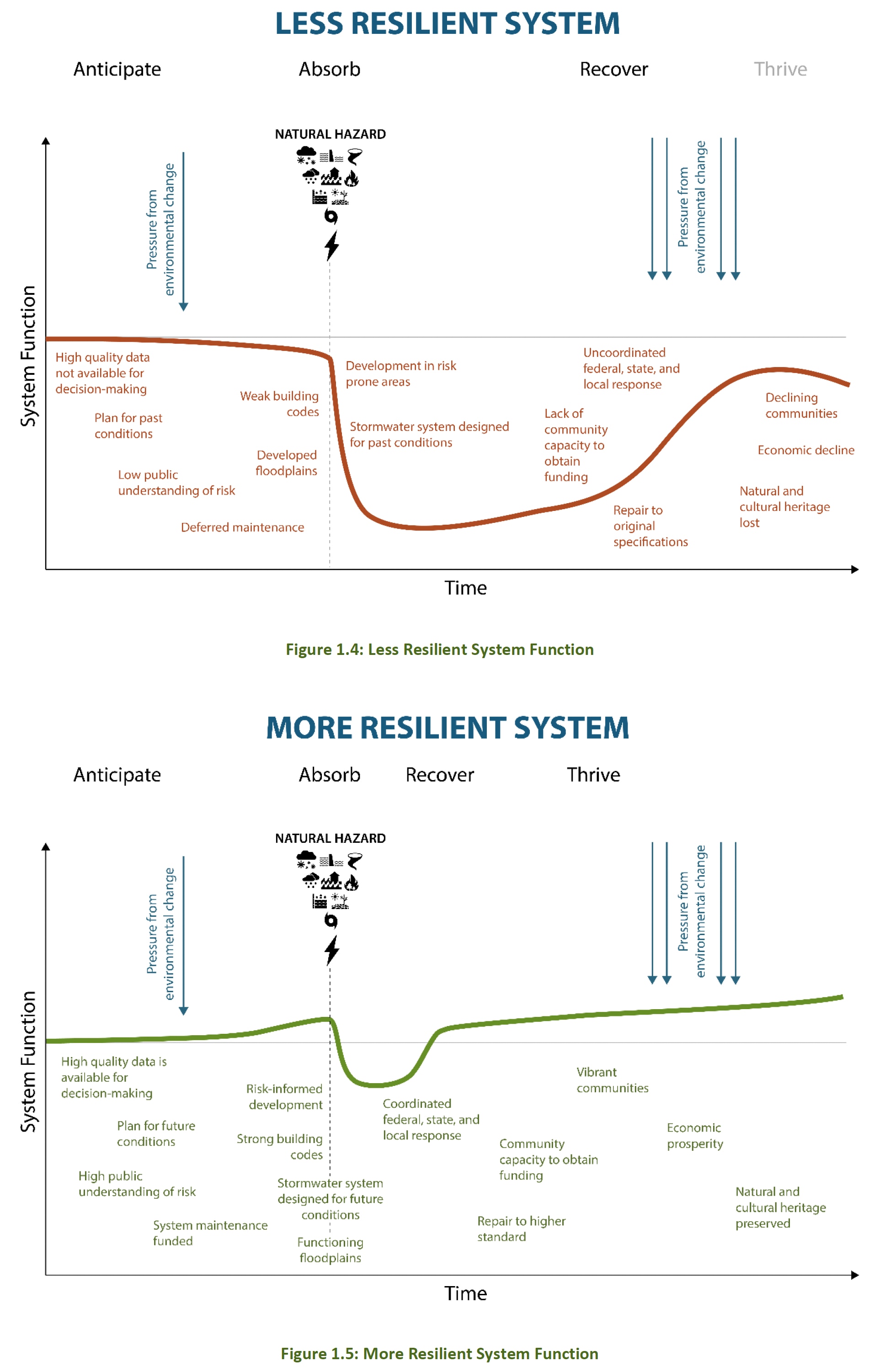The National Climate Assessment lays the basis for why sound planning to adapt and prepare for climate impacts is so important. The good news is we’re already seeing great strides in adaptation and resilience planning in our region.
“The report is a call to action.” said Alys Campaigne, Leader of SELC’S Climate Initiative.
To preserve our natural resources and communities, we need to aggressively invest in climate solutions and stop the southern gas buildout — the push to expand use of dangerous methane gas in the South — which will put our climate and communities in further risk.
Local climate leadership
“Climate action that addresses the impacts reviewed in the report must begin at the local level,” said Campaigne. “In the South, we’re seeing climate leadership in cities like Nashville and Charleston, and states like South Carolina, developing climate adaptation plans to prepare communities for climate impacts.”
These plans can serve as templates for other communities as we work to ensure they’re meaningfully implemented.
South Carolina is leading the way in Southern resilience planning
 Illustrations from South Carolina Strategic Statewide Resilience and Risk Reduction Plan
Illustrations from South Carolina Strategic Statewide Resilience and Risk Reduction Plan
South Carolina stands out as a leader for the extensive recommendations in its new Statewide Resilience Plan, released in June, that details what policies, resources and investments are needed to prepare for flooding and other climate impacts. The plan recommends statewide protection of wetlands and other natural systems that help buffer against flooding. It lays out a roadmap for how local governments can rethink their own land use policy and planning to better adapt to climate hazards.
The Southeast has historically suffered some of the costliest climate disasters. Development pressure along our vulnerable coastline has been increasing, putting more people in harm’s way. Spending money now on solutions helps protect our communities and save taxpayer money: federal agencies have reported resilience efforts are more cost-effective than recovery efforts on the back end of a disaster. According to the National Institute of Building Sciences, each dollar invested in resilience saves roughly 6 dollars when disaster strikes.
Urgent need to right environmental injustices
 Phillips Community leader Richard Habersham is pictured along Oliver Brown Road in Mount Pleasant. SELC is helping the Phillips Community push back against a harmful highway expansion that would cause flooding and other problems in their historic community. Gavin McIntyre
Phillips Community leader Richard Habersham is pictured along Oliver Brown Road in Mount Pleasant. SELC is helping the Phillips Community push back against a harmful highway expansion that would cause flooding and other problems in their historic community. Gavin McIntyre
The Southeast Chapter of the 5th National Climate Assessment zooms in on how the region’s legacy of racial and environmental injustice compounds climate change’s effects and worsens existing inequities. Climate change is an outsized threat for communities already facing development pressures, lack of access to resources and other systemic social stressors.
Inequalities in who faces harm to health — from extreme heat exposure, economic vulnerabilities due to displacement during disasters, lack of access to climate-ready housing or public transit, increased exposure to harmful algal blooms, and weakened food systems and agriculture — are all too prevalent in the South.
For example, in our region, Black communities in the Gullah Geechee corridor and those with heirs’ property or living in historic settlements often live close to flood-prone coastal areas and have often been excluded from access to basic infrastructure and disaster aid.
“Decades of underinvestment in infrastructure in Black and Brown and low-income communities in the South have left them particularly vulnerable,” says Campaigne. “Adaption planning and federal climate investments must first address these vulnerable communities’ needs.”
